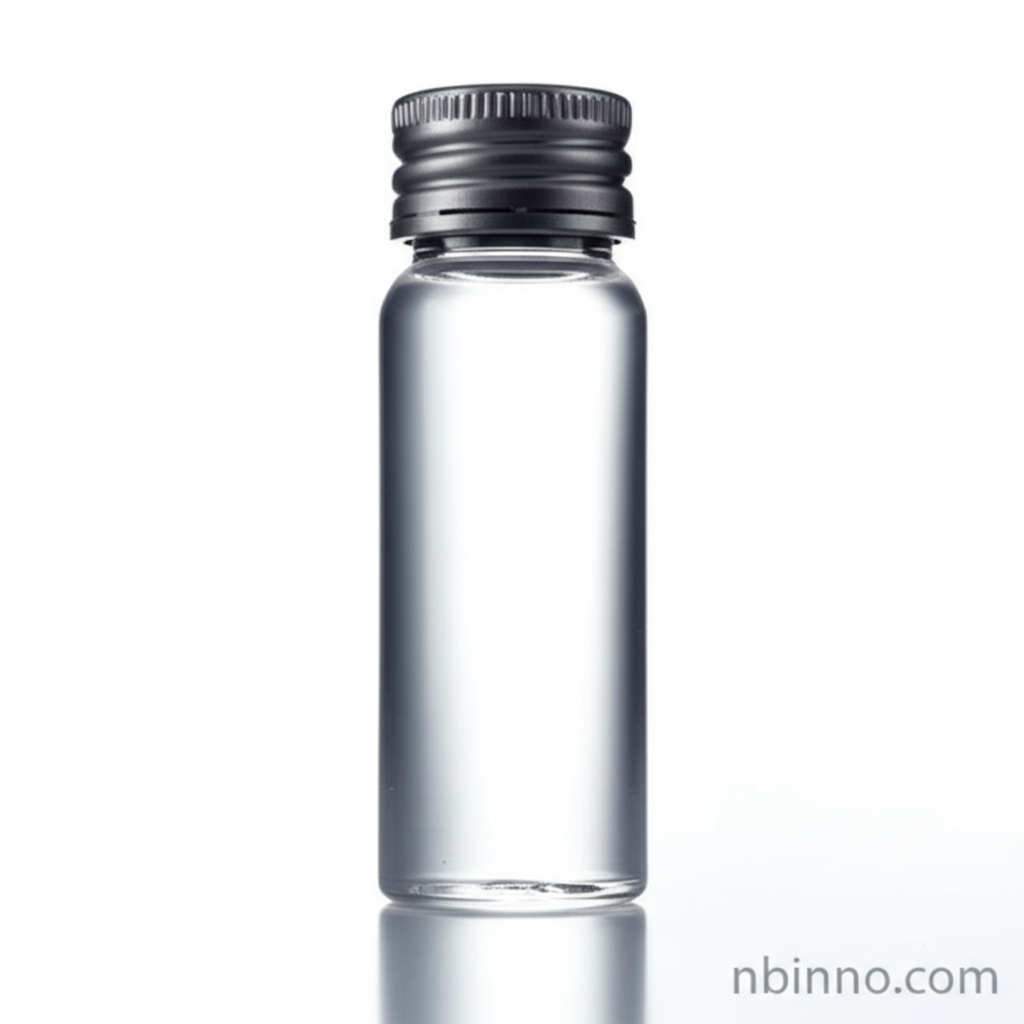3-Aminopropyldimethylethoxysilane: Enhancing Surface Adhesion and Material Performance
Unlock superior material properties with our advanced organosilane coupling agent.
Get a Quote & SampleProduct Core Value

3-Aminopropyldimethylethoxysilane
3-Aminopropyldimethylethoxysilane is a pivotal organo-functional silane, extensively utilized as a silane coupling agent. Its primary function is to facilitate the amino silanization process, which is critical for the surface modification of various materials including glass substrates, polymers, and nanoparticles. This modification significantly enhances properties such as adhesion, dispersion, and overall material performance, making it an indispensable component in advanced material formulations.
- Leverage the enhancement of polymer adhesion with silanes for superior material bonding.
- Explore the critical role of silane modifier for nanoparticles in creating advanced composite materials.
- Understand the benefits of using an aminosilane coupling agent to improve interfacial adhesion.
- Discover the industrial applications of organosilanes in coatings and adhesives for better performance.
Key Advantages
Superior Surface Modification
Utilize 3-aminopropyldimethylethoxysilane for effective surface treatment for glass substrates, ensuring improved compatibility and bonding with various organic matrices.
Enhanced Material Properties
Achieve significant improvements in mechanical strength, thermal stability, and chemical resistance by employing this versatile silane coupling agent.
Versatile Application Range
This product serves as a key component in applications ranging from advanced coatings and adhesives to microelectronics and pharmaceuticals, demonstrating its broad utility.
Key Applications
Coatings and Adhesives
Improve adhesion and durability in coatings and adhesives by incorporating this silane to enhance the bond between organic resins and inorganic substrates.
Polymer Composites
Enhance the dispersion and compatibility of fillers within polymer matrices, leading to composites with improved mechanical properties and processability.
Nanotechnology
Facilitate the surface modification of nanoparticles, enabling their integration into various systems and unlocking new functionalities for advanced materials.
Microelectronics
Used in the fabrication of electronic components and devices, particularly where surface functionalization is critical for performance and reliability.
